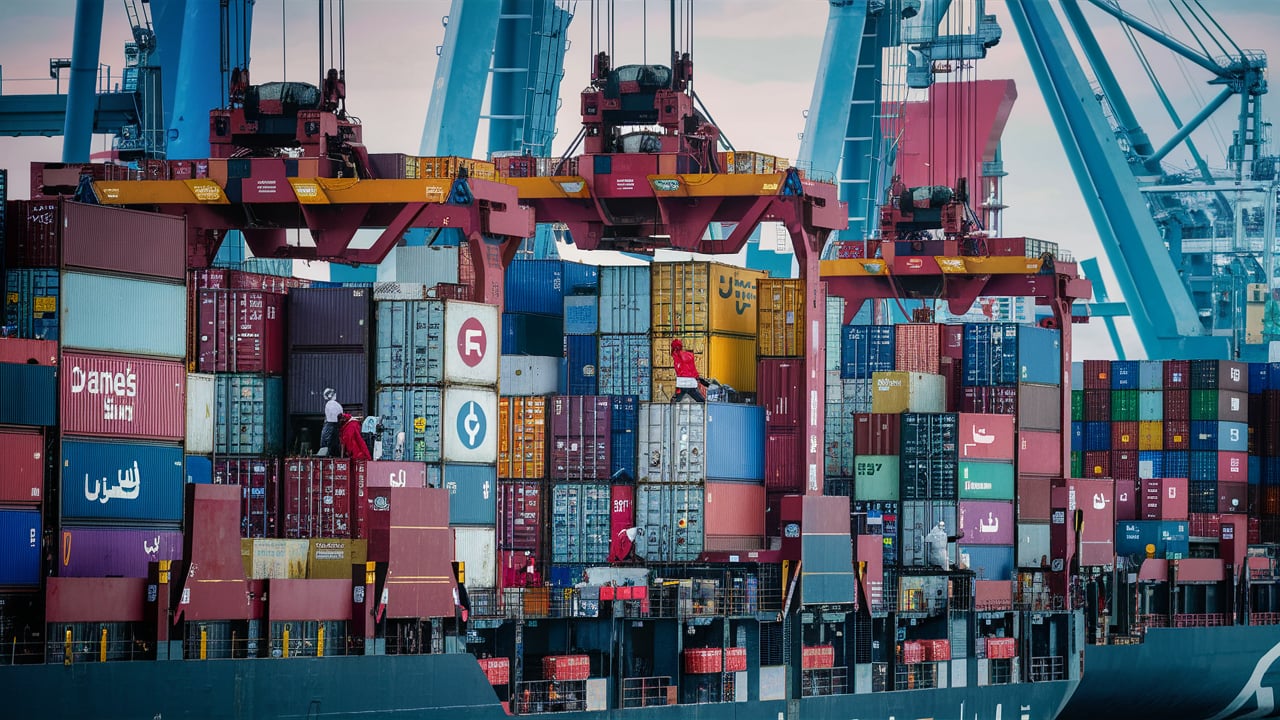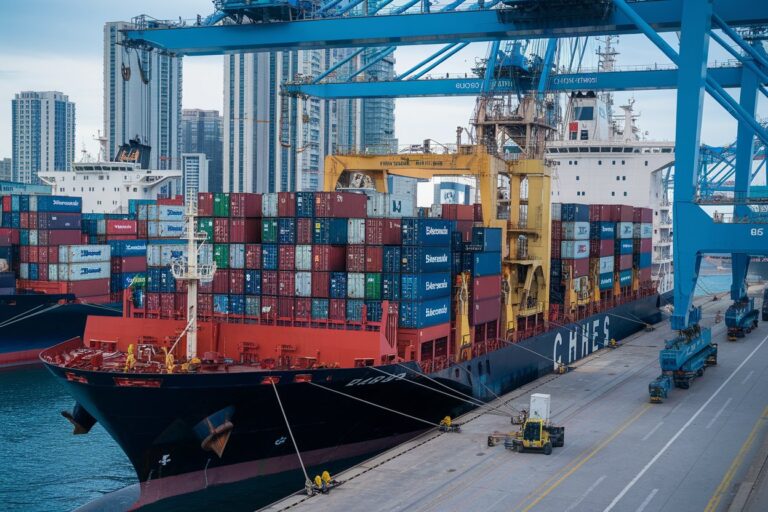How to Export Second-Hand Goods from the UAE: A Step-by-Step Guide 2024
Exporting second-hand goods from the UAE has become an increasingly lucrative business. With its strategic location as a global trade hub, the UAE offers excellent opportunities for exporting pre-owned items to countries all over the world. Whether you’re dealing in electronics, furniture, or clothing, there’s a thriving market waiting for your goods. But how do you start this export journey? In this guide, we’ll break down the entire process step-by-step, making it easy for you to understand and follow.
Understanding Export Regulations in the UAE
Before you dive into exporting, it’s crucial to familiarize yourself with the UAE’s export regulations. The government has set up specific rules to ensure that all exports comply with international standards. Here’s what you need to know:
- Overview of UAE Export Laws: The UAE government requires exporters to register with the Ministry of Economy. You must comply with the UAE Federal Customs Authority to ensure smooth processing at borders.
- Essential Documents for Exporting Goods: You’ll need a commercial invoice, packing list, certificate of origin, and relevant export permits.
- Customs Requirements and Clearance: Customs plays a significant role in the export process. Make sure to provide accurate documentation to avoid any delays in clearance.
Choosing the Right Type of Second-Hand Goods to Export
Not all second-hand goods are equal in the export market. You need to carefully select the type of goods that will have demand internationally.
- Popular Second-Hand Goods for Export: Some of the most sought-after items include used electronics (like mobile phones and computers), household furniture, clothes, and vehicles.
- Assessing the Quality of Second-Hand Goods: Always ensure that the goods you’re exporting are in good working condition. Damaged or substandard products can lead to returns and hurt your reputation.
Step-by-Step Process for Exporting Second-Hand Goods
Step 1: Research Market Demand
Before sourcing your second-hand goods, it’s important to know where the demand is. Research target markets, such as Africa, South Asia, or Eastern Europe, where affordable second-hand goods are in high demand. Identify which products are the most sought after in these regions.
Step 2: Registering Your Export Business in the UAE
To export goods from the UAE, your business must be officially registered. You’ll need to obtain an export license from the UAE Ministry of Economy and possibly other licenses depending on the type of goods you’re exporting. Additionally, registering with a local chamber of commerce can be helpful.
Step 3: Sourcing Second-Hand Goods
The UAE has numerous locations where second-hand goods can be sourced at low prices. Some of the best places include local markets, auctions, and even online platforms. Negotiating well with sellers can significantly boost your profit margins.
| Type of Good | Examples |
| Electronics | Mobile phones, computers, appliances |
| Furniture | Sofas, tables, office furniture |
| Clothing | Second-hand apparel, shoes |
| Vehicles | Used cars, motorcycles |
Step 4: Packing and Labeling the Goods
Proper packaging is vital, especially when exporting fragile or sensitive items like electronics. Make sure to:
- Use sturdy materials to avoid damage during transit.
- Clearly label each package with details like weight, destination, and handling instructions.
Step 5: Selecting the Best Shipping Method
The shipping method you choose will depend on factors like cost, speed, and the type of goods being exported. The most common methods include:
- Air Freight: Fast but expensive, ideal for electronics or high-value goods.
- Sea Freight: More affordable for large volumes, though slower.
- Land Freight: Suitable for neighboring countries like Oman or Saudi Arabia.
Shipping Methods for Exporting Goods
| Shipping Method | Speed | Cost | Suitable For |
| Air Freight | Fast | Expensive | Electronics, high-value items |
| Sea Freight | Moderate | Affordable | Large shipments, furniture |
| Land Freight | Slow | Cost-effective | Neighboring countries like Saudi Arabia |
Step 6: Dealing with Customs and Documentation
Customs clearance can sometimes be a hassle, but being well-prepared will make it easier. Be sure to prepare essential documents like:
- The commercial invoice
- Packing list
- Certificate of origin
- Shipping documents (Bill of Lading)
Step 7: Ensuring Legal Compliance in the Destination Country
Each country has its own set of rules for importing second-hand goods. For example, some nations have strict laws regarding electronics or clothing imports. Be sure to research the legal requirements of your destination country to avoid fines or shipment rejections.
Financial Aspects of Exporting Second-Hand Goods
Understanding Export Costs
Exporting can involve several costs, including:
- Shipping costs: Air freight is pricier than sea or land options.
- Customs duties: Each destination country may impose taxes or tariffs on imported goods.
- Packaging and insurance: These are crucial to protect your items and avoid loss during transit.
Payment Methods and Currency Exchange
When exporting, you’ll likely deal with international payments. To protect yourself from currency fluctuations, consider safe payment methods like Letters of Credit or bank transfers. It’s also wise to stay updated on the currency exchange rates of the countries you’re dealing with.
Common Challenges in Exporting Second-Hand Goods
Like any business, exporting second-hand goods comes with challenges. Customs clearance issues, shipping delays, and fluctuating demand are just a few examples. However, with careful planning and attention to detail, you can overcome these hurdles.
Common Export Documents
| Document | Description |
| Commercial Invoice | Provides details of the goods being sold. |
| Packing List | Describes the contents of each shipment. |
| Certificate of Origin | Verifies the country where the goods were made. |
| Export Permit | Required for certain goods before shipping. |
Best Practices for a Successful Export Business
To build a sustainable export business, focus on building strong relationships with your international buyers. Reliable communication and consistent quality will help you retain clients and expand your market presence.
Conclusion
Exporting second-hand goods from the UAE offers tremendous potential, but it’s essential to follow the correct procedures to succeed. From understanding export regulations to mastering the logistics, every step counts. With the right approach, you can build a thriving export business that connects the UAE’s second-hand market to global demand.



